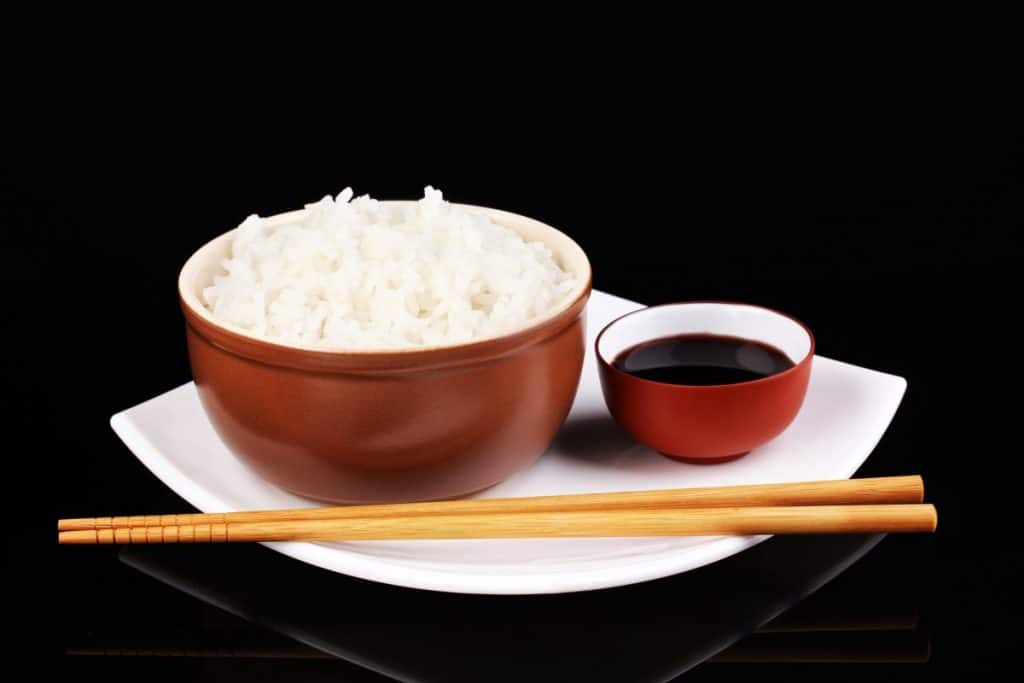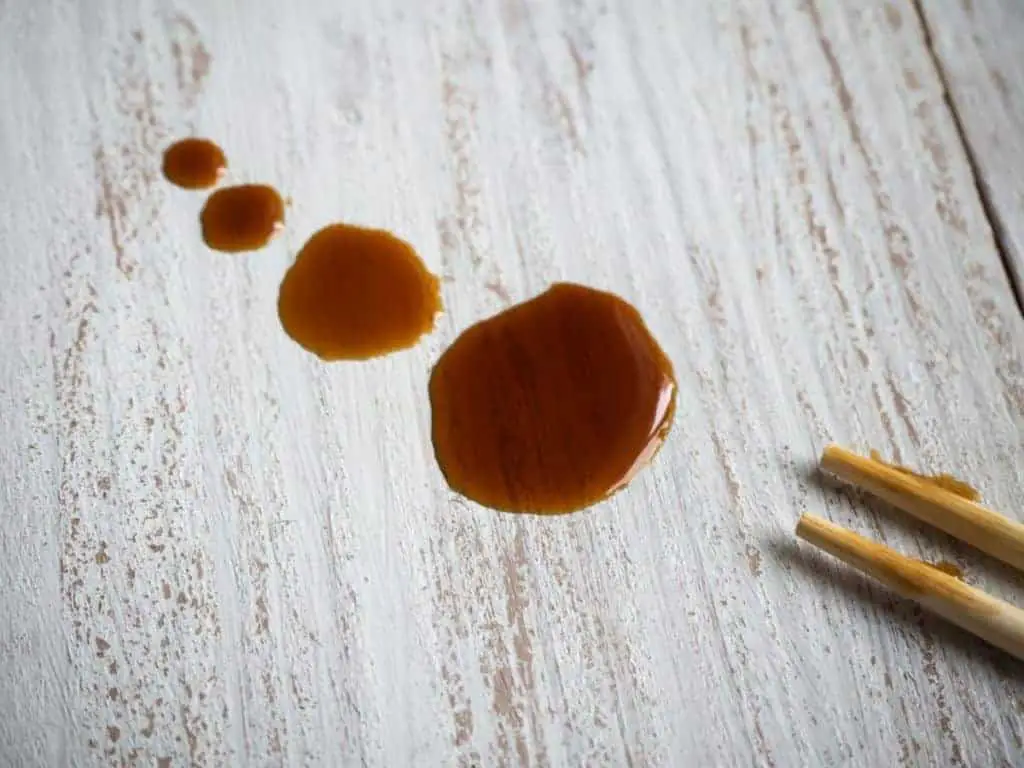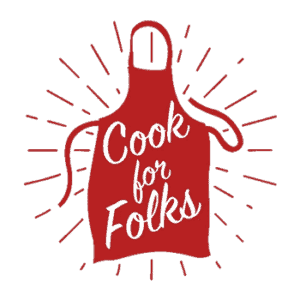This post contains affiliate links.

Whether you’re planning on traveling abroad, or just trying to understand a culture better, it’s always great to know the aspects of cultural etiquette that others might not know. Food is one of the areas you’re going to want to understand.
Leaving chopsticks sticking upright in a bowl of rice is a funeral customs in most Asian cultures and other death rituals in the Shinto and Buddhist culture specifically. Thus, leaving chopsticks sticking upright can be disrespectful to not only those around you, but whoever prepared your food.
To someone unfamiliar with these customs leaving chopsticks in your bowl may not seem like much of a statement. However, there are many traditions and practices that you may not be aware of. Here are a few reasons the way you leave your chopsticks, may be offensive:
Chopsticks Are Apart of Funeral Rituals
Particularly in Japan, sticking your chopsticks vertically into your bowl is frowned upon. In Shinto and Buddhist practices, a bowl of rice may be used as an offering, with the chopsticks sticking up. Not only is this a disrespectful way of managing your cutlery, but it’s also said to bring bad luck!

Another chopstick blunder, related to an old tradition, is the passing of food from chopstick to chopstick. Whilst it may seem taboo at first, passing food this way is also inappropriate. Cremation is a large tradition in Asian culture and after a body is cremated, the funeral attendants pick the remaining bones one by one and pass them to each other until they are outside in the sun. So passing food from chopstick to chopstick, is not common in certain countries.
Using unmatched chopsticks is one you may not think about, but is also something to look out for. Having different length chopsticks is said to bring misfortune. The phrase “sān cháng liǎng duǎn” in Chinese, translates to “three long, two short” which is the lengths of wood you need to build a coffin.
Chopstick Placement Is Communicative
If you happen to leave your chopsticks crossed atop your bowl, this could be seen as you being unhappy with your meal or even represent death. In Japan, if you leave your chopsticks in an “X” across your bowl, it will be perceived as a symbol of you do not want your meal. This could offend the person who cooked it and imply that their cooking isn’t up to standard. In China, the “X” across the bowl is a symbol of death itself! It’s best to simply leave them parallel to each other, or not on the bowl at all.
Other Offensive Chopstick Etiquette
Whilst you may not be telling someone their cooking was awful, or be inadvertently participating in a funeral custom, there are other things to understand whilst participating in mealtime in Asian countries. Specifically chopstick related.
Avoid Stabbing, or Hovering Over Food
There are certain foods that are definitely hard to eat with chopsticks, rice, certain meat, eggs, however stabbing your food with your chopsticks is a big ‘no-no’ in Asian culture. It’s considered impolite and bad manners to impale your food. One exception to this rule is to use your chopsticks as a knife, and cut your food if necessary. By impaling fish or meat, and tearing it apart instead of picking up large pieces, and taking bites. If not in this situation, however, try using other cutlery around you, if you’re struggling.
Hovering Over Food

Hovering over your food is also impolite. Whilst there might be a favorite food you have lingering on the table, it’s rude to try and keep it all for yourself. To avoid hogging, take little bits of different dishes at a time. Or get creative and pick randomly as you go.
Playing with your food, or chopsticks, as a whole is something that is frowned upon. It’s seen as childish, and improper, and something to ultimately avoid.
Sucking On, or Rubbing Your Chopsticks
Leaving your chopsticks in your mouth is also an inappropriate and bad-mannered habit. Sucking, or chewing on your chopsticks is impolite, and to be avoided. When you’re done with your chopsticks, either place them to the side of your bowl, or in the holder that may be provided in some restaurants.
Rubbing Chopsticks
Rubbing chopsticks is one habit that may be appropriate in some situations, but not others. Some people may rub their disposable chopsticks together, as a way to smooth out the texture and avoid splinters whilst eating, but in an area of fine dining, it may be seen as an implication that the restaurant you’re attending does not use quality chopsticks. Unless you see splinters sticking from your chopsticks, it’s best to simply begin eating.
Your Chopsticks are Not Drum Sticks
It may be a simple impulse, to use your chopsticks to drum about the table, but refrain. Drumming your chopsticks on your bowl, or on the table, is another crude table manner. It disturbs table mates, cooks, or other restaurant-goers, and is considered childish. It also, in some regions, is the same action that beggars use to gain attention. It’s better to simply be patient, and keep your hands at your lap whilst you wait for your meal.
They Aren’t Pointers Either
Just as it’s considered offensive or rude to point using one finger in certain cultures, it’s rude to point with your chopsticks in Asian cultures. You not only don’t want to point at people with your chopsticks, but you also don’t want to point at other foods or meals on your table. This is simply seen as crass, and not clean. You may also accidentally commit another meal-time-mistake, of letting soup or sauce drip off of your chopsticks
Avoid Being Messy

Letting soup or sauce drip off of your chopsticks is another thing to avoid. In Japan, it is called “namida bashi” meaning “tears.” In Japan, the way sauce or soup drips off of chopsticks, reminds people of crying. Whilst it may not intentional, it may make other people uncomfortable, so it’s best to try to avoid it altogether.
Overall
Being in a different country, with new customs, may bring some challenges, but don’t let this get you down! Many people are quickly willing to correct unknowing newcomers, allowing you to enjoy your meal without worrying too much about saying or doing the wrong thing.

